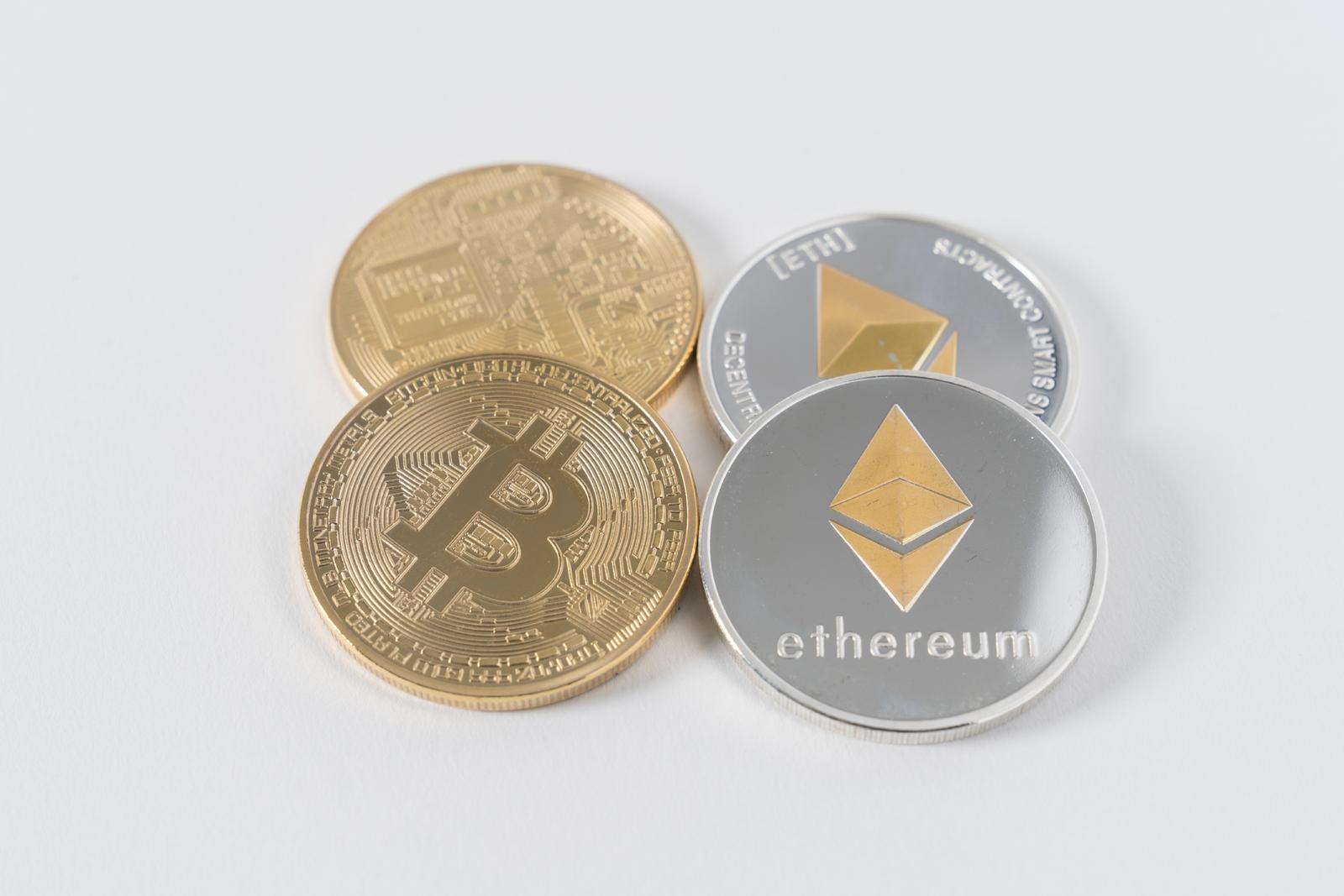In January 2009, the world was first introduced to the concept of digital currencies. In this first instance, it was Bitcoin that made the splash. At the time, it was something of a niche, a novelty, a fad to some.
Today, digital currencies are far more than just a notion and are more useful than they were when they were considered something just for the financial tech world of investors and online gurus. As of 2024, there are now thousands of digital currencies, Bitcoin included, and they are being used for more transactions than ever before.
Digital currencies are currencies with assets that are primarily stored, exchanged and managed on digital systems. In today’s marketplace of online commerce, they can be used to buy goods and services, or may be limited to certain communities, like online games such as poker and slots.
With the emergence of cryptocurrencies and the now much more mainstream acceptance of Bitcoin, Etherum, and others, we are seeing more and more integration of this as a widely used form of payment. More companies are now trading with it, more commercial outlets are now putting it on their payment option lists, and more consumers are getting acquainted with it.
This is true in the world of ecommerce and, more and more, for use in various forms of online digital entertainment payments. Indeed, there are now sites, apps, and platforms that offer in-game payment options accepting cryptocurrencies and even all Bitcoin slots at many online casinos, as opposed to traditional-currency-based games, showing that these currencies are increasingly mainstream in the world of digital entertainment and commerce.
As the world continues to use cash less and less, with online and contactless payments now on the rise exponentially, it would seem that the technological landscape is fertile for the continued rise and success of digital currencies. Even governments around the world are now openly discussing the notion of introducing central bank digital currencies.
That would, to some degree, take away the anonymous, decentralized strengths of Bitcoin, Ethereum, et.al., but it shows the direction of travel in this part of the financial and technology worlds. Let’s look further into this.
Bigger Purchasing Power Suggests A Brighter Future For Digital Currencies
One of the main reasons many people use digital currencies such as Bitcoin and Ethereum, to use just two examples, is because they are not centrally controlled by an issuing bank or government-run agency. To put that another way, they offer purchasing anonymity that cannot be offered by, let’s just say, a credit card purchase or debit card transaction.
Thankfully, technology now means that digital currencies are being used more and more to buy physical goods and services and as currencies for online gaming platforms, to name just two applications.
With this growing extension of places and businesses accepting cryptocurrencies, the purchasing power of these digital money forms is also being extended. Whether it is business banking, personal transactions or purchases, or online game-playing banks, digital currencies are more widely accepted now, and this is great for the digital currency industry as a whole.
Of course, this brighter future we speak of for digital and cryptocurrencies would not be possible without the software tech that now enables them to be so accepted and acceptable. Specifically, it is blockchain technology that enables the existence of cryptocurrency, among other things, of course.
As the most known and perhaps best-recognised cryptocurrency, Bitcoin was, unsurprisingly, what blockchain technology was originally created to enable. Today, however, it is the power behind other cryptocurrencies and with an increasing level of security attached to this, digital currencies are now both more widely used, and also more widely trusted. Secure software means a better currency, in essence.
Technological Evolutions Making Digital Currencies More Marketable
It is one thing to have digital currencies becoming more well-known and more accepted, but it is quite another to harness the technology that can ensure this continued growth and success rate.
As with so many forms of payment, technology underpins what we can do, and how safely we can do it in the digital world. With every technological evolution and advancement, online payments and global financial transactions continue to become more secure.
Naturally, the overall adoption and acceptance of digital currencies is also dependent on market trends, fiscal forces, and to an extent, generational patterns; think tech-savvy youngsters, but again, it is technology that fuels this.
When you look at the Bitcoin and Ethereum statistics, they are so far from where they used to be as more people embrace cashless processes. This combination of a general movement towards digital, online, and contactless is part of what is making these digital currencies both more marketable to a wider consumer base and more trusted.
With technology moving forward, FinTech now a multibillion-dollar industry, and digital currencies being considered by many governments, some would suggest that digital currencies are not just on the rise, but are set to become ever more relevant.
Naturally, as with any financial product, service, or indeed currency, markets can think differently and the winds can change. Even so, digital currencies are both here to stay and as they expand in terms of usage and acceptance, will eventually hit what is considered the genuine mainstream of global digital transactional payment types.



